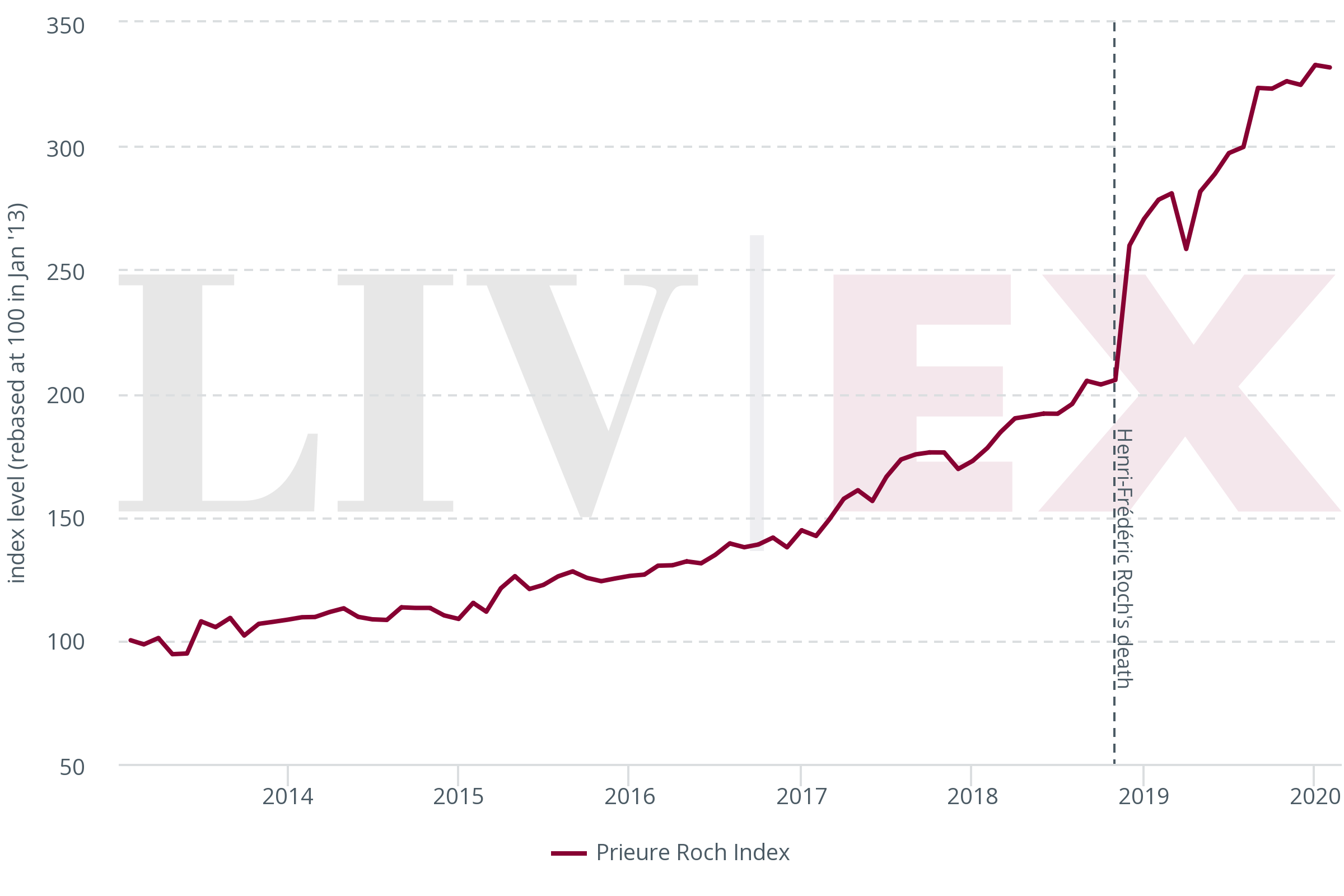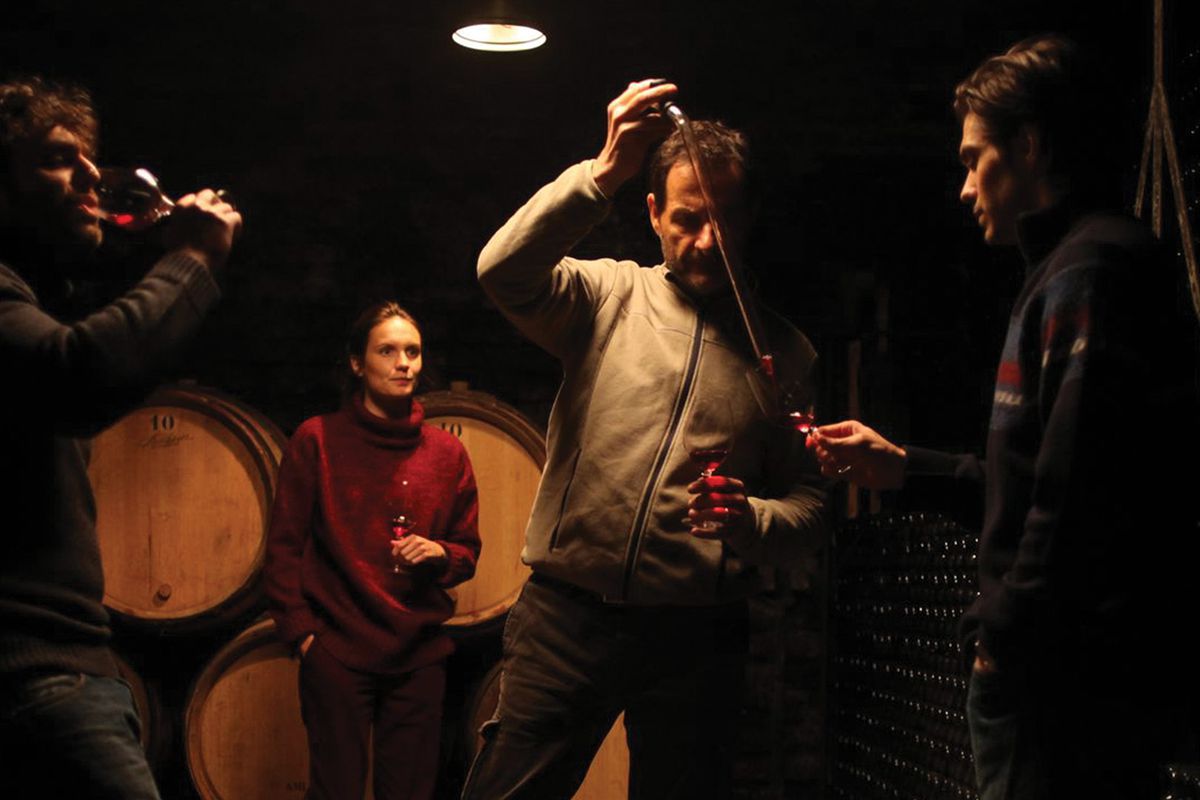As with all fine wine regions, the price of Burgundy is determined by demand and supply, currency, seasons (although significantly less so in Burgundy than other regions), grape variety, critical acclaim and increasingly, technology (which brings accessibility). But perhaps unlike other wine markets, Burgundy abounds with stories within a story. As we look deeper into the region and the Power 100 rankings, unexpected shifts and patterns start to emerge.
Top 10 Burgundy price performers in the 2019 Power 100

The label that topped the Burgundy price performance rankings in 2019 had not qualified in previous years. It saw a staggering 51% price increase, taking second place in the overall price performance rankings (after the Italian Cappellano (+65%)). So, what was the reason behind its out-of-the-blue success?
The fine art world has coined the term the “death-effect”: a clustered rise in an artist’s value, immediately preceding, at, or immediately after the date of death. The death of an artist brings to an end the delightful promise of a new creation. So too in the world of wine. Production per vintage is always finite, but there is nothing more finite than the end of a grower’s life’s work. Following the untimely death of Henri-Frédéric Roch, the co-director of Domaine de la Romanée-Conti and owner of Domaine Prieuré-Roch, in late November 2018, demand for his wines skyrocketed and prices soared. We had already observed this phenomenon with the wines of Rene Engel, another of Burgundy’s top performing brands, following the death of Phillipe Engel (Rene’s grandson) in 2005. The domaine is now in the hands of Château Latour’s owner François Pinault and has been renamed Domaine de Eugénie. Phillipe Engel’s last vintage of Grand Echezeaux (the 2004) today trades in excess of £10,000 per 12×75 – the average price for Domaine Eugenie Grand Echezeaux since 2006 is £3,000.
While there is a complex set of factors affecting a wine’s value, the Prieure Roch index in the chart below illustrates the exaggerated impact events like this can have on wines of already limited production.
The Prieure Roch index

Contrasting patterns emerge among Burgundy’s power brands. Roulot (+27%), Ramonet (+16%) and Raveneau (+13%), for instance, are white wine domaines with younger winemakers at their helm. Arnoux Lachaux (+11%) is another well-performing brand, producing Pinot Noir, run by Charles Lachaux (aged 30) who represents the family’s sixth generation.

Domaine Roulot’s proprietor and head winemaker, Jean-Marc Roulot is also a part time actor, starring in the 2017 film, Back to Burgundy (Ce qui nous lie, dir. Cedric Klapisch). His supporting role as a vineyard manager, helping to run a family domaine after the death of its patriarch, might have given attention not only to his film career but also his wines. As Pat Thomson puts it, “after seeing so many films get winemaking wrong, one vintner decided to lend a helping hand”. A rise from 123 to 40 in the Power 100 rankings suggests Jean-Marc Roulot got a lot right.
Get the full report by filling the form below.





